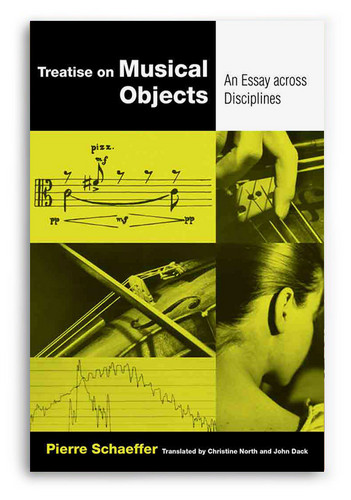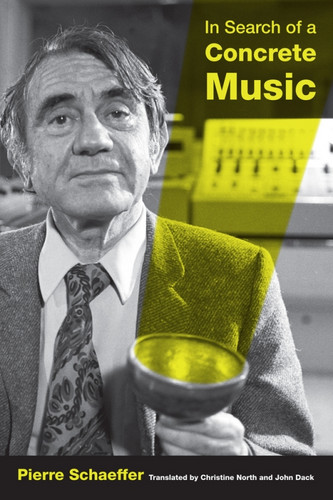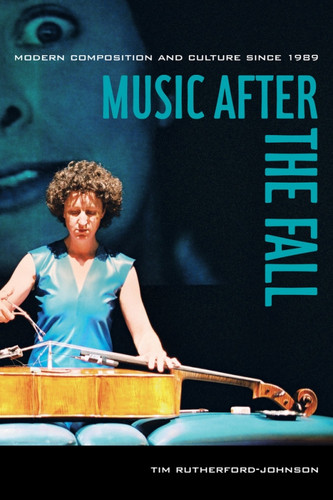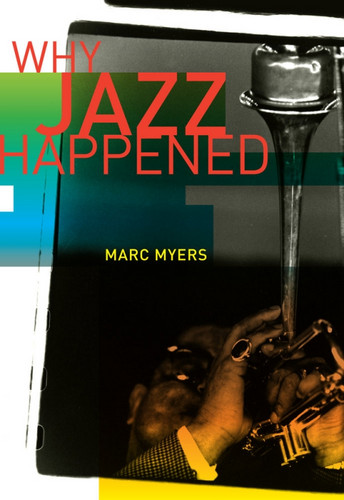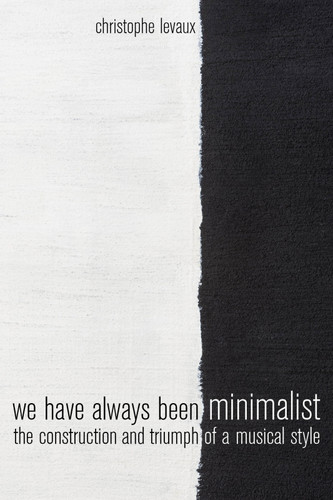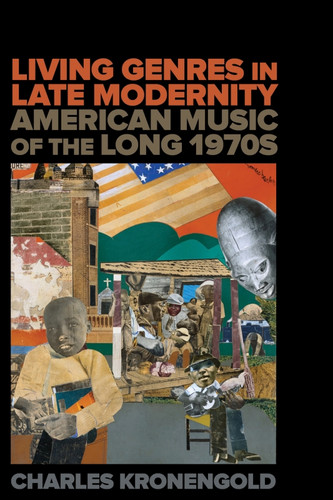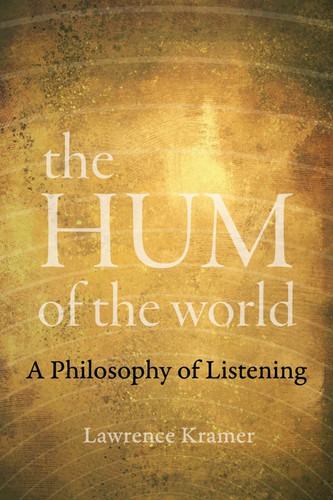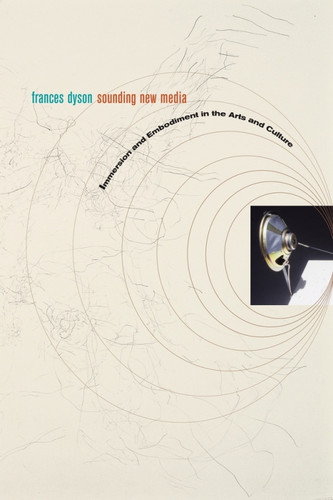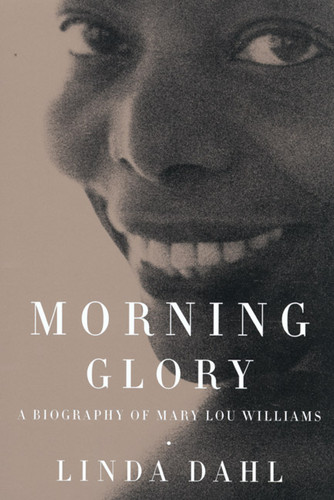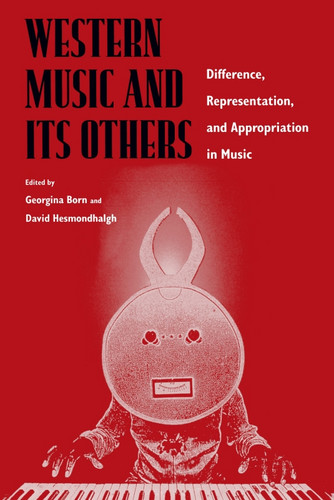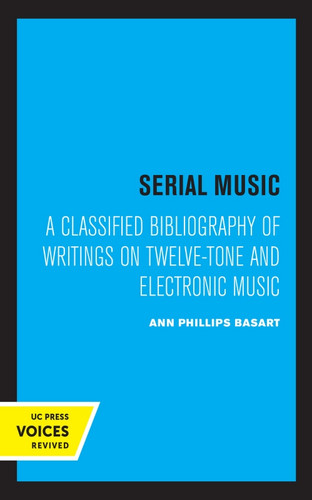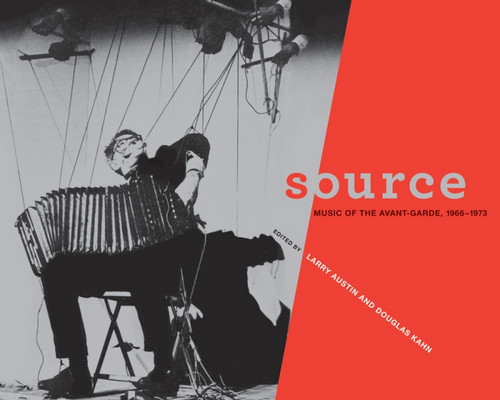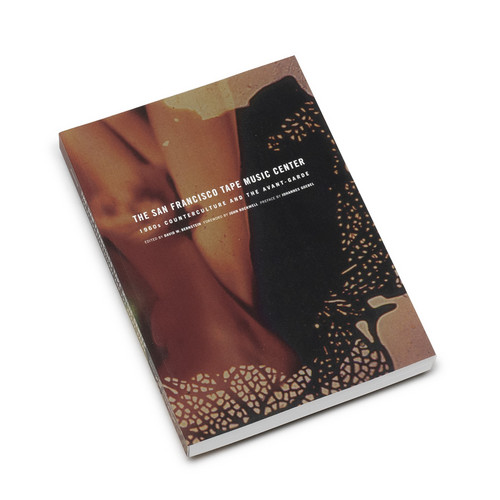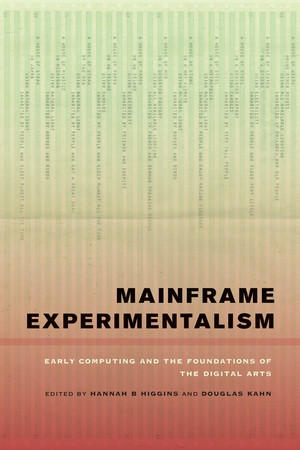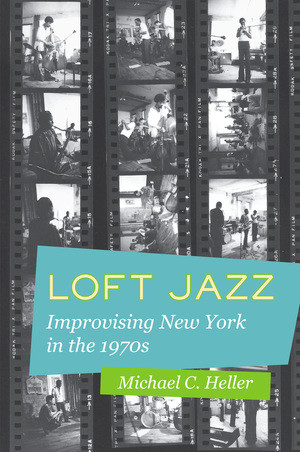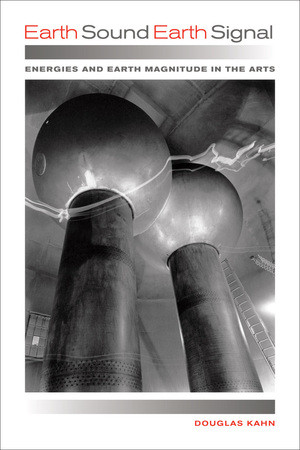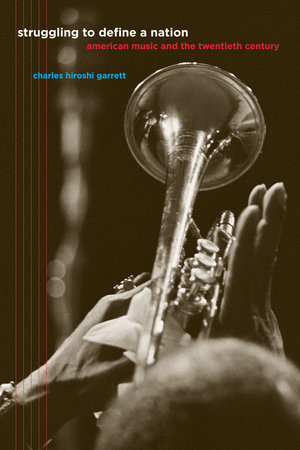★University of California Press
Treatise on Musical Objects
*2023 stock* The Treatise on Musical Objects is regarded as Pierre Schaeffer’s most important work on music and its relationship with technology. Schaeffer expands his earlier research in musique concrète to suggest a methodology of working with sounds based on his experiences in radio broadcasting and the recording studio. Drawing on acoustics, physics, and physiology, but also on philosophy and the relationship between subject and object, Schaeffer’s essay summarizes his theoretical and practi…
In Search of a Concrete Music (Book)
*2023 stock* Pierre Schaeffer’s In Search of a Concrete Music (À la recherche d’une musique concrète) has long been considered a classic text in electroacoustic music and sound recording. Now Schaeffer’s pioneering work—at once a journal of his experiments in sound composition and a treatise on the raison d’être of “concrete music”—is available for the first time in English translation. Schaeffer’s theories have had a profound influence on composers working with technology. However, they extend …
Music after the Fall - Modern Composition and Culture since 1989 (Book)
*2023 stock* Music after the Fall is the first book to survey contemporary Western art music within the transformed political, cultural, and technological environment of the post–Cold War era. In this book, Tim Rutherford-Johnson considers musical composition against this changed backdrop, placing it in the context of globalization, digitization, and new media. Drawing connections with the other arts, in particular visual art and architecture, he expands the definition of Western art music to in…
What Is This Thing Called Jazz? African American Musicians as Artists, Critics, and Activists (Book)
Despite the plethora of writing about jazz, little attention has been paid to what musicians themselves wrote and said about their practice. An implicit division of labor has emerged where, for the most part, black artists invent and play music while white writers provide the commentary. Eric Porter overturns this tendency in his creative intellectual history of African American musicians. He foregrounds the often-ignored ideas of these artists, analyzing them in the context of meanings circulat…
Nostalgia for the Future Luigi Nono's Selected Writings and Interviews (Book)
Nostalgia for the Future is the first collection in English of the writings and interviews of Luigi Nono (1924–1990). One of the most prominent figures in the development of new music after World War II, he is renowned for both his compositions and his utopian views. His many essays and lectures reveal an artist at the center of the analytical, theoretical, critical, and political debates of the time.This selection of Nono’s most significant essays, articles, and interviews covers his entire car…
Why Jazz Happened (Book)
*2023 stock* Why Jazz Happened is the first comprehensive social history of jazz. It provides an intimate and compelling look at the many forces that shaped this most American of art forms and the many influences that gave rise to jazz’s post-war styles. Rich with the voices of musicians, producers, promoters, and others on the scene during the decades following World War II, this book views jazz’s evolution through the prism of technological advances, social transformations, changes in the law,…
We Have Always Been Minimalist The Construction and Triumph of a Musical Style (Book)
*2023 stock* Rising out of the American art music movement of the late 1950s and 1960s, minimalism shook the foundations of the traditional constructs of classical music, becoming one of the most important and influential trends of the twentieth century. The emergence of minimalism sparked an active writing culture around the controversies, philosophies, and forms represented in the music’s style and performance, and its defenders faced a relentless struggle within the music establishment and be…
Living Genres in Late Modernity American Music of the Long 1970s (Book)
*2023 stock* Living Genres in Late Modernity rehears the American 1970s through the workings of its musical genres. Exploring stylistic developments from the late 1960s through the early 1980s, including soul, funk, disco, pop, the nocturne, and the concerto, Charles Kronengold treats genres as unstable constellations of works, people, practices, institutions, technologies, money, conventions, forms, ideas, and multisensory experiences. What these genres share is a significant cultural moment: t…
The Hum of the World A Philosophy of Listening (Book)
*2023 stock* The Hum of the World is an invitation to contemplate what would happen if we heard the world as attentively as we see it. Balancing big ideas, playful wit and lyrical prose, this imaginative volume identifies the role of sound in Western experience as the primary medium in which the presence and persistence of life acquires tangible form. The positive experience of aliveness is not merely in accord with sound, but inaccessible, even inconceivable, without it. Lawrence Kramer’s poeti…
Capturing Sound How Technology Has Changed Music, Revised Edition (Book)
*2023 stock* There is more to sound recording than just recording sound. Far from being simply a tool for the preservation of music, the technology is a catalyst. In this award-winning text, Mark Katz provides a wide-ranging, deeply informative, consistently entertaining history of recording's profound impact on the musical life of the past century, from Edison to the Internet. Fully revised and updated, this new edition adds coverage of mashups and Auto-Tune, explores recent developments in fil…
Sounding New Media Immersion and Embodiment in the Arts and Culture (Book)
*2023 stock* Sounding New Media examines the long-neglected role of sound and audio in the development of new media theory and practice, including new technologies and performance art events, with particular emphasis on sound, embodiment, art, and technological interactions. Frances Dyson takes an historical approach, focusing on technologies that became available in the mid-twentieth century-electronics, imaging, and digital and computer processing-and analyzing the work of such artists as John…
Morning Glory A Biography of Mary Lou Williams (Book)
*2023 stock* Mary Lou Williams—pianist, arranger, composer, and probably the most influential woman in the history of jazz—receives the attention she has long deserved in this definitive biography.
Western Music and Its Others Difference, Representation, and Appropriation in Music (Book)
*2023 stock* This innovative collection of articles offers a major comprehensive overview of new developments in cultural theory as applied to Western music. Addressing a broad range of primarily twentieth-century music, the authors examine two related phenomena: musical borrowings or appropriations, and how music has been used to construct, evoke, or represent difference of a musical or a sociocultural kind.
The essays scrutinize a diverse body of music and discuss a range of significant exampl…
Serial Music A Classified Bibliography of Writings on Twelve-Tone (Book)
*2023 stock* This title is part of UC Press's Voices Revived program, which commemorates University of California Press’s mission to seek out and cultivate the brightest minds and give them voice, reach, and impact. Drawing on a backlist dating to 1893, Voices Revived makes high-quality, peer-reviewed scholarship accessible once again using print-on-demand technology. This title was originally published in 1961.
Source Music of the Avant-garde, 1966–1973 (Book)
*2023 stock* The journal Source: Music of the Avant-garde was and remains a seminal source for materials on the heyday of experimental music and arts. Conceived in 1966 and published to 1973, it included some of the most important composers and artists of the time: John Cage, Harry Partch, David Tudor, Morton Feldman, Robert Ashley, Pauline Oliveros, Dick Higgins, Nam June Paik, Steve Reich, and many others. A pathbreaking publication, Source documented crucial changes in performance practice an…
The San Francisco Tape Music Center: 1960s Counterculture ...
*2023 stock* This book tells the story of the influential group of creative artists—Pauline Oliveros, Morton Subotnick, Ramon Sender, William Maginnis, and Tony Martin—who connected music to technology during a legendary era in California's cultural history. An integral part of the robust San Francisco “scene,” the San Francisco Tape Music Center developed new art forms through collaborations with Terry Riley, Steve Reich, David Tudor, Ken Dewey, Lee Breuer, the San Francisco Actor's Workshop, t…
Mainframe Experimentalism Early Computing and the Foundations of the Digital Arts (Book)
*2023 stock* Mainframe Experimentalism challenges the conventional wisdom that the digital arts arose out of Silicon Valley’s technological revolutions in the 1970s. In fact, in the 1960s, a diverse array of artists, musicians, poets, writers, and filmmakers around the world were engaging with mainframe and mini-computers to create innovative new artworks that contradict the stereotypes of "computer art." Juxtaposing the original works alongside scholarly contributions by well-established and em…
Loft Jazz Improvising New York in the 1970s (Book)
*2023 stock* The New York loft jazz scene of the 1970s was a pivotal period for uncompromising, artist-produced work. Faced with a flagging jazz economy, a group of young avant-garde improvisers chose to eschew the commercial sphere and develop alternative venues in the abandoned factories and warehouses of Lower Manhattan. Loft Jazz provides the first book-length study of this period, tracing its history amid a series of overlapping discourses surrounding collectivism, urban renewal, experiment…
Earth Sound Earth Signal Energies and Earth Magnitude in the Arts (Book)
*2023 stock* Earth Sound Earth Signal is a study of energies in aesthetics and the arts, from the birth of modern communications in the nineteenth century to the global transmissions of the present day. Douglas Kahn begins by evoking the Aeolian sphere music that Henry David Thoreau heard blowing along telegraph lines and the Aelectrosonic sounds of natural radio that Thomas Watson heard through the first telephone; he then traces the histories of science, media, music, and the arts to the 1960s…
Struggling to Define a Nation American Music and the Twentieth Century (Book)
*2023 stock* Identifying music as a vital site of cultural debate, Struggling to Define a Nation captures the dynamic, contested nature of musical life in the United States. In an engaging blend of music analysis and cultural critique, Charles Hiroshi Garrett examines a dazzling array of genres—including art music, jazz, popular song, ragtime, and Hawaiian music—and numerous well-known musicians, such as Charles Ives, Jelly Roll Morton, Louis Armstrong, and Irving Berlin. Garrett argues that rat…
